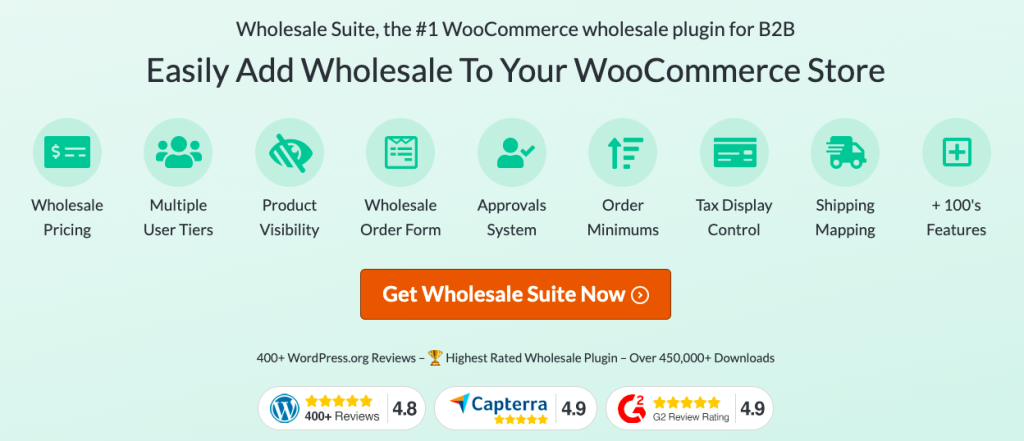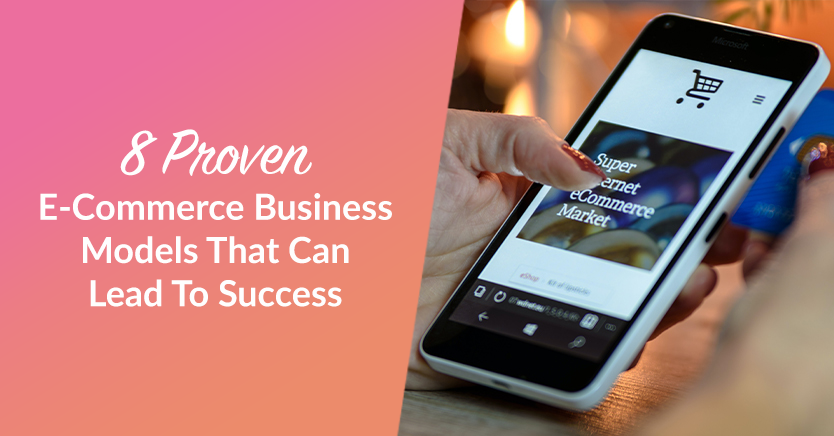
Whether you’re a new or veteran store owner, e-commerce business models are vital to the success of your efforts. For starters, they keep you on your toes in terms of profitability and product value. In addition, they direct your branding, help you scale and plan marketing strategies, and afford you a competitive edge.
If you’re just starting, identifying your e-commerce business model is vital to building your company. After all, it gives you an identity and insight into your headway. However, if you’ve been running your own enterprise for a while, there’s no harm in keeping your business model up-to-date and relevant to current market trends.
In this article, we’ll walk you through eight proven business models that you can adapt to enhance your bottom line. So let’s get started!
When Should You Start Planning Your E-Commerce Business Model?
As soon as today.
By the year 2040, it’s estimated that 95% of all purchases will be through e-commerce.
WPForms, How Many eCommerce Sites Are There in 2023
The online marketplace evolves as the world wide web becomes more dynamic every day. In fact, from 2014 to 2026, e-commerce sales are estimated to reach $5.42 trillion each year. Thus, it’s safe to say that while the online business sector is incredible and shows no signs of slowing down, soaring past your competitors may be tricky.
This is the number one reason why as a store owner, thinking about e-commerce business models should be one of your topmost priorities.
True, it’s easy to get caught up and excited about the ways to stand out and bag more profit. However, determining your business model as soon as possible will help you narrow down your options. Furthermore, it can help you maximize your growth potential in the early stages.
4 General Types Of E-Commerce Business Models
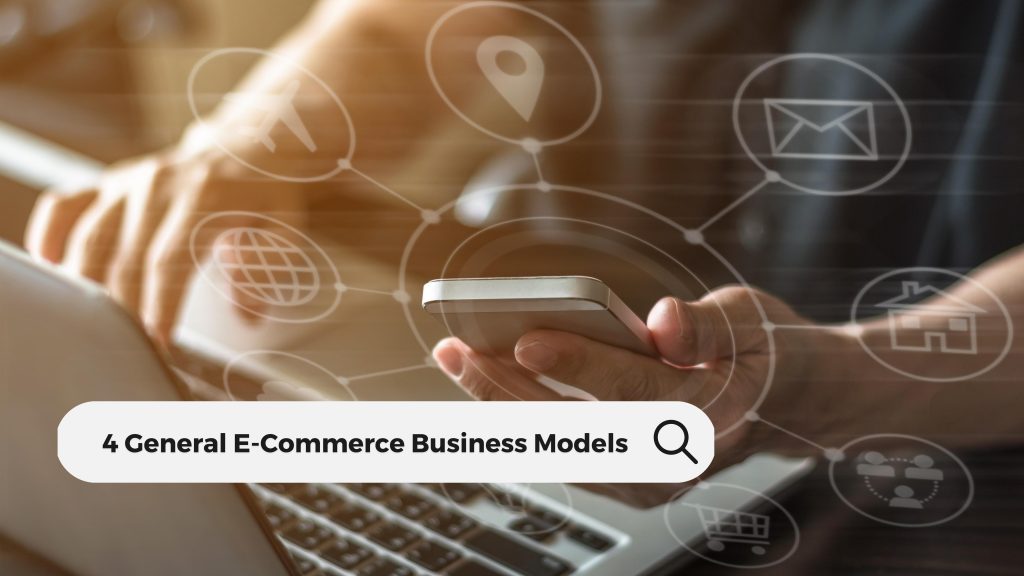
Today, we have four most common e-commerce business models:

1. Business-to-Consumer (B2C)
B2C relates to commerce between retailers and their end-users. Essentially, these companies directly sell to and target their consumers, keeping out third-party entities.

2. Business-to-Business (B2B)
Unlike B2C, the B2B framework involves partnering with another business figure, typically a supplier or producer. A great example of this would be Wholesale businesses.

3. Consumer-to-Consumer (C2C)
Ever purchased a second-handed item? C2C business model operates this way. It refers to exchanging and selling products online with fellow consumers for a great deal.

4. Consumer-to-Business (C2B)
Go for a C2B business if you’re planning to sell your goods, services, or products to other companies. This scheme works when consumers cater to companies or enterprises.
8 Proven E-Commerce Business Models
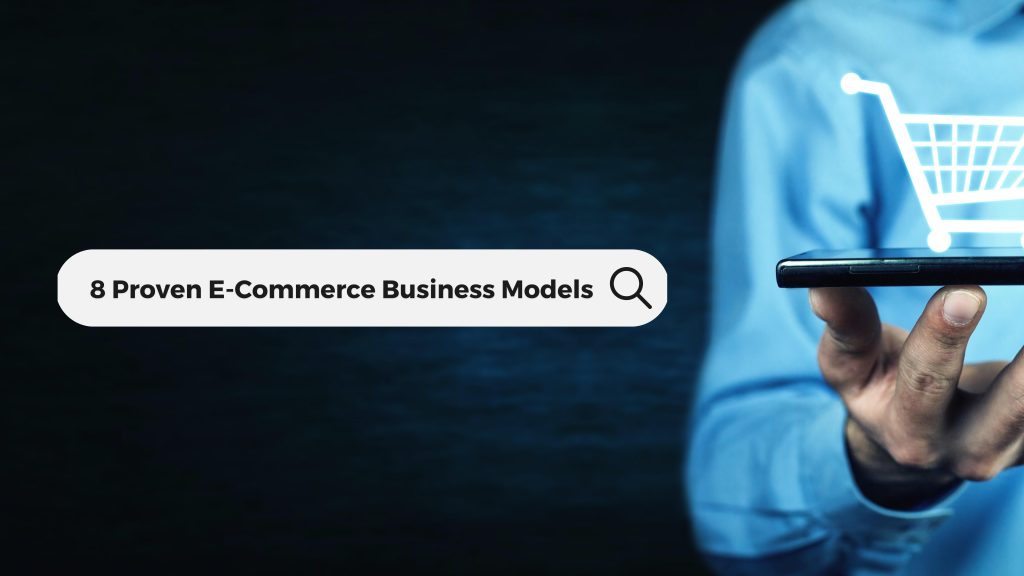
Here comes the exciting part – where do you fit in?
E-commerce amplified the competition in the commercial market as it offers a whole new level of flexibility and purchasing capability. If you’re just starting out, finding your own identity might sound a bit challenging – but trust us, you’ll get there!
Of course, there are many ways to keep up with the pace and improve your sales opportunities. But it all boils down to first choosing which of the various e-commerce business models to focus on.
To help you narrow down your choices, here are some top examples of e-commerce business models you can consider:
- Dropshipping
- Wholesale
- Digital Products
- Print-on-Demand
- Direct-to-Consumers (DTC)
- Makers
- Subscription
- Manufacturing
1. Dropshipping
Dropshipping refers to store owners partnering with third-party wholesale suppliers who directly ship the products to the consumers. This model doesn’t need you to manage storage and inventory upfront.
Other than affordability, this model can offer many other benefits. This makes it a safer option for many e-commerce owners today, especially those who want to cut costs.
2. Wholesale
Do you want to sell a variety of products or brands in bulk? Maybe offer discounts in exchange for the quantity? Then, this model is the perfect solution for you!
Among the most lucrative e-commerce business models, wholesale e-commerce is a tried and tested B2B approach. Basically, it allows business owners to provide their consumers with several products and purchasing options. In addition, it increases your numbers quickly as well as keeps you moving faster because you get to sell familiar and established brands.
If you see yourself succeeding through wholesaling, you definitely can’t miss out on the best e-commerce plugin for wholesale – Wholesale Suite!
Wholesale Suite makes wholesaling a lot easier in terms of pricing, product visibility, shipping, order forms, and the like. With over a hundred features across three different plugins, it makes selling bulk items more efficient without worrying about the high costs of operating on another wholesale-dedicated website.
3. Digital Products
Are you looking for a way to sell digital items without constantly restocking inventory? Then, this category gets you bucked down!
Dealing in Digital Products involves selling courses, e-books, photography, web templates, plugins, and the like via the internet. These products are downloadable or transferrable online. As a result, they don’t need physical deliveries and are extremely convenient to handle.
Do you think this kind of e-commerce business model is for you? Then we recommend reading guidelines about how you can start selling profitable digital products.
4. Print-on-Demand

The previous category is an attractive venture if you want to stimulate and earn from your creativity. However, Print-on-Demand is another way to monetize your creative juices. Moreover, it’s one of the most profitable e-commerce business models today.
One important note is that, unlike digital products, Print-on-Demand requires another party to handle the products’ printing, packing, and shipping.
Of course, you can be your own printing service provider. However, take note that successful store owners in this line of business like Spring (formerly, Teespring), Merch by Amazon, and Red Bubble link with suppliers of white-label products to sell their designs on a per-order basis.
This way, they are marked safe from the risk of holding inventory of products that aren’t really selling.
5. Direct-to-Consumers (DTC)
Direct to consumer business model allows you to sell products directly to customers, resulting in a greater consumer experience. It bypasses the need for wholesalers, middlemen, or external retailers to sell your products.
In addition, it’s an excellent way to build a block of loyal customers. After all, it eliminates the hassle of a multi-layered communication process between you and your clients.
Today, because of the effects of the global pandemic on businesses, this framework has grown immensely. This is in large part thanks to the self-sufficiency of e-commerce and digital marketplaces.
If you’re into a close-customer kind of model like this, we have several tips to help you get started:
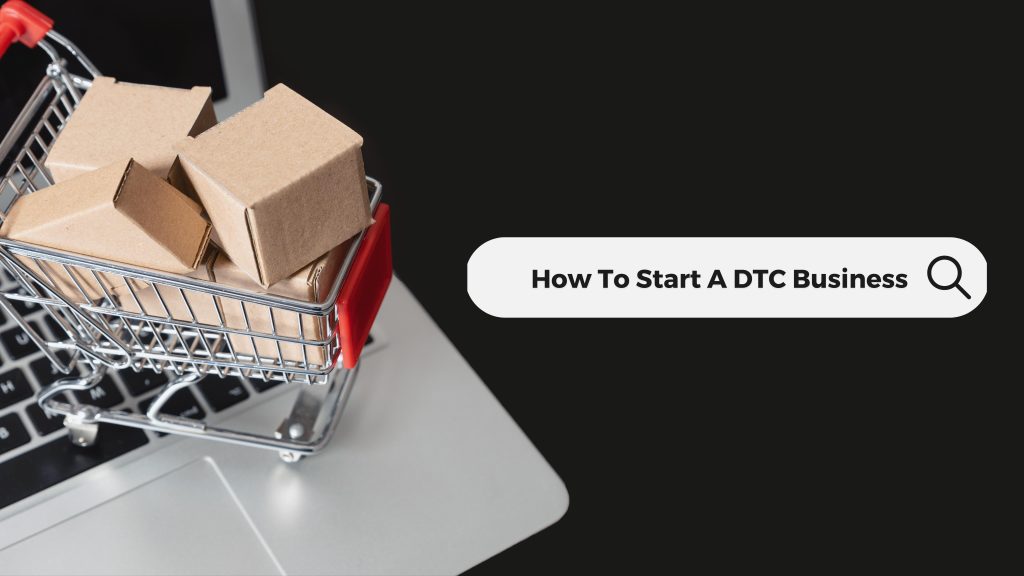
TIP #1: Improve your digital footprint
You need to gather the information needed to interact with your customers and earn revenue. Therefore, you’ll need an integrated marketing approach across all of your digital touchpoints. In other words, you being on the internet isn’t enough.
TIP #2: Study your target market
Because DTC is an intimate model, store owners are more likely to have the opportunity to understand their consumers on a personal level. This allows you to improve your customers’ experience significantly as compared to other e-commerce business models.
TIP #3: Pay close attention to demands
Use all information gathered to your advantage. If you end up producing or delivering products and services that aren’t really inclined with what your customers would like, you’ll end up hitting the wall.
6. Makers

Of all the e-commerce business models on this list, Makers is the perfect game plan for DIY lovers and hobbyists. This framework provides handy and crafty individuals with a gateway to create products and sell them online.
An advantage of this business is you’re likely to stand out more in the market since you have a first-hand touch with the products and precise control over their quality. This way, you can introduce a completely unique spin-off.
However, you also have to gear up for the cons.
Creating your own products usually takes up a chunk of your time and energy. On top of that, for these products to be high in quality, you’ll need a decent workspace and storage. As you can imagine, this may not be ideal for starting owners.
7. Subscription
When it comes to e-commerce business models, Subscription is the one most of us have been consumers of. Are you a Netflix or Spotify subscriber? There it is!
Customers pay a cost to access a product or service at regular intervals, commonly monthly or yearly, under a subscription business model. Today, recurring revenue models increasingly grow in popularity because it leads to higher revenues and stronger customer relationships.
Are you looking for a way to get started with this kind of model? Then we highly recommend checking out WooCommerce Subscriptions.

WooCommerce‘s Subscription plugin is convenient for beginners and advanced WordPress store owners alike. Basically, it provides you with an easy-to-use and frictionless system of offering subscriptions to your consumers. Furthermore, it allows you to extend discounts as an additional incentive for subscribing!
8. Manufacturing
Manufacturing is a viable option if you have unique ideas, resources, and financial capabilities upfront. Many e-commerce business owners choose to run trials first before entering the manufacturing field for one reason: you have to establish a great store with your products because it involves high investment costs.
Today, two forms of manufacturing are most prominent: private and white labels.
- Private label products are goods produced by one company and sold under another company’s branding.
- White label products, on the contrary, are usually generic and sold to a broader range of customers. This model includes a company selling and distributing its products to multiple networks under the retailers’ customized request.
Sounds confusing? We can help!
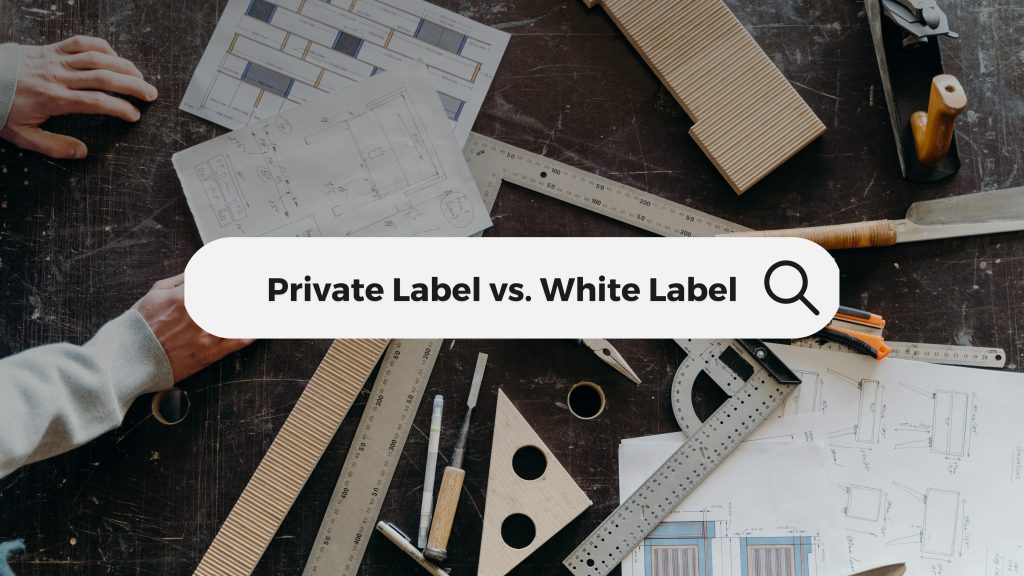
Essentially, these two products involve a third-party manufacturer. But the key distinction between the two is the production process.
You sell a private label product under your name and specific directions. As the buyer, you describe everything about the product, including what’s in it, how it’s packed, and how it’s labelled.
Meanwhile, you sell a white label product as it is – except for the branding. As the buyer, you can only specify the labeling. The manufacturer determines the rest of the specifications, like what goes in it or how it is packed.
Conclusion
Your e-commerce business model is the core framework of your business. The pillars of your business – profitability, productivity, payment method, and even personalization – all depend on the framework you adapt and apply to the structure of your operations.
Hence, if you want to set up a successful online business or expand your e-commerce store, you should first identify which of the following eight proven e-commerce business models speak volumes to you:
- Dropshipping
- Wholesale
- Digital Products
- Print-on-Demand
- Direct-to-Consumers (DTC)
- Makers
- Subscription
- Manufacturing
Do you have any questions about e-commerce business models? Let us know in the comments section below!


